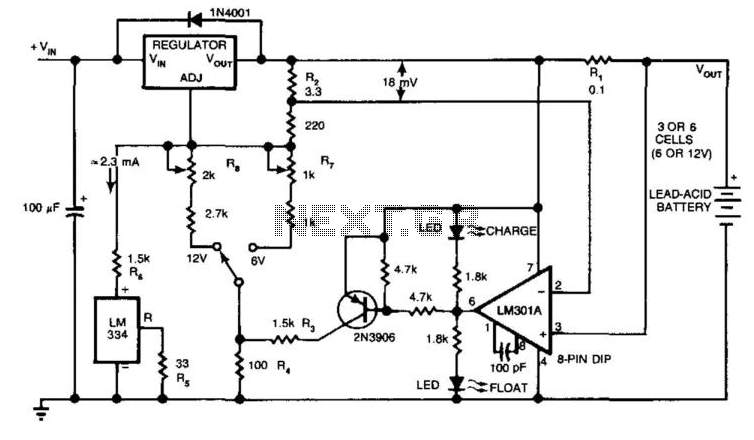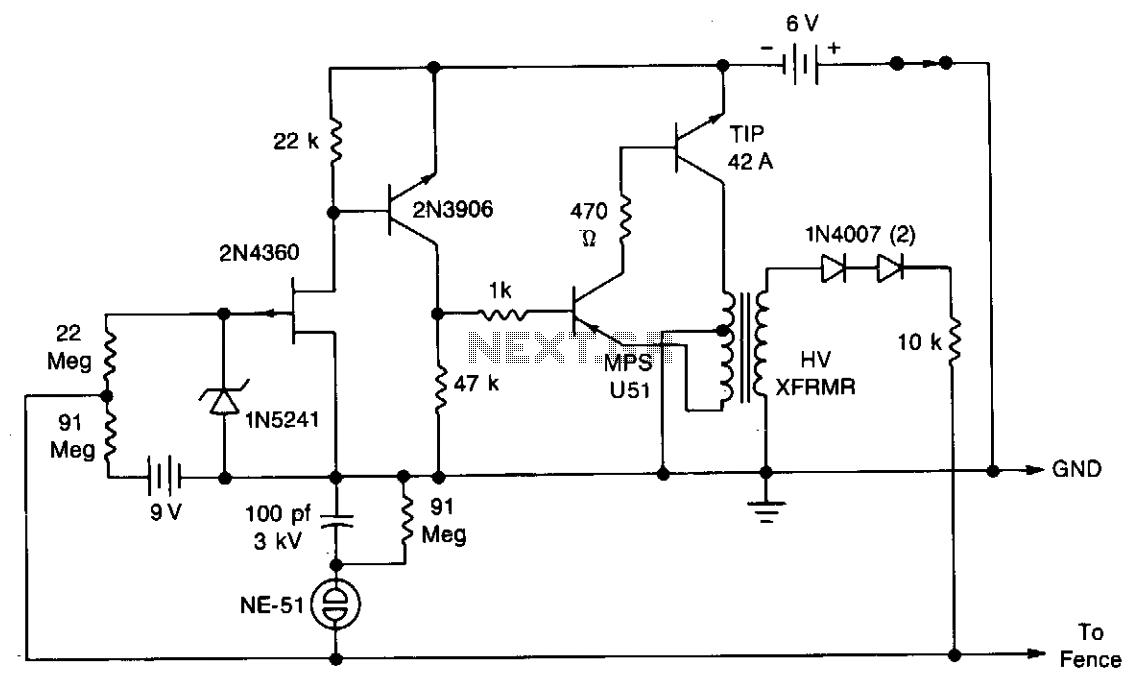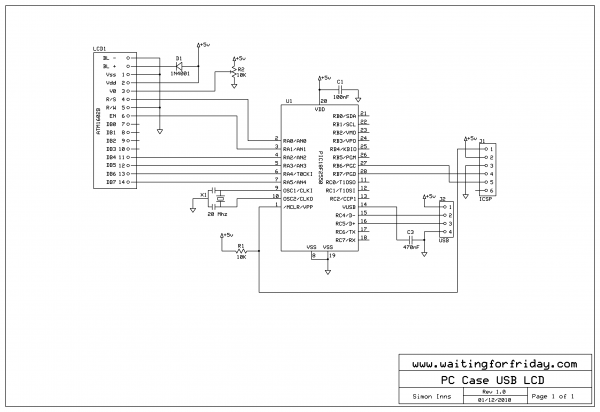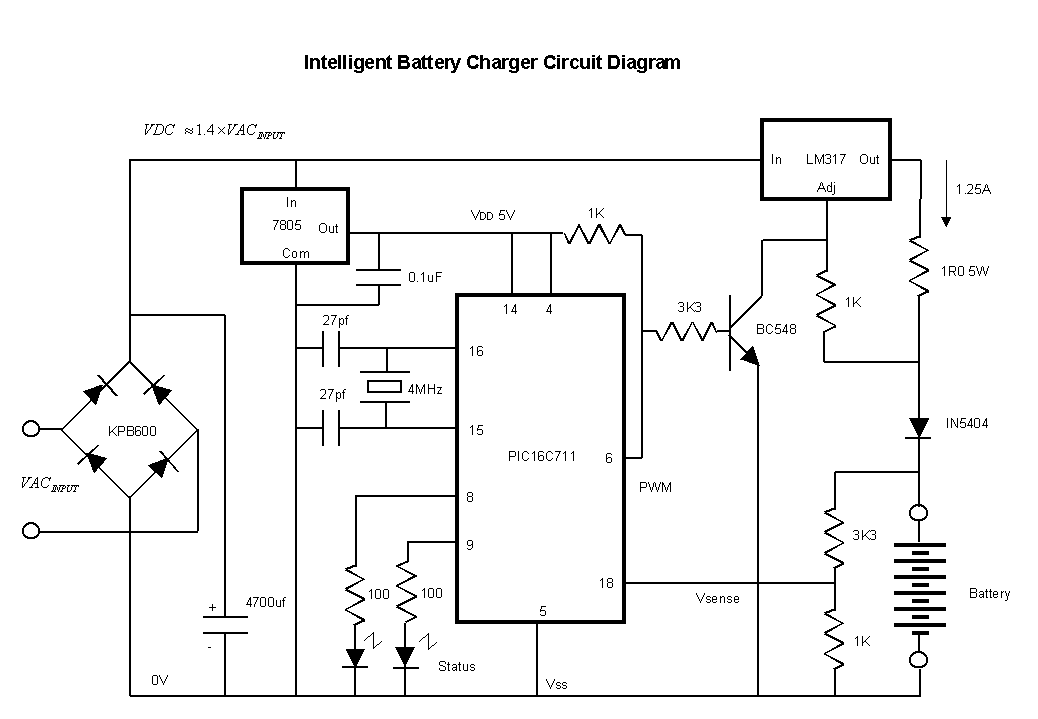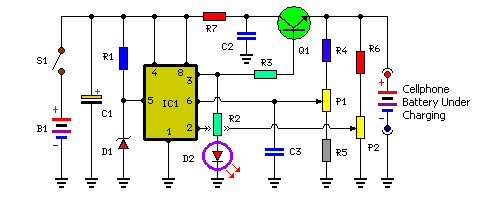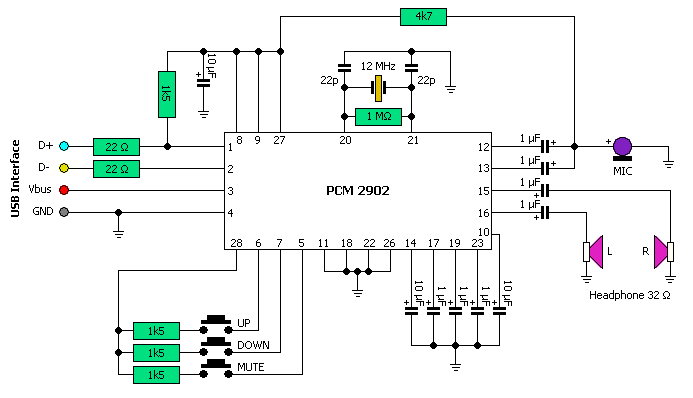
Low-Power Car/Bike USB Charger
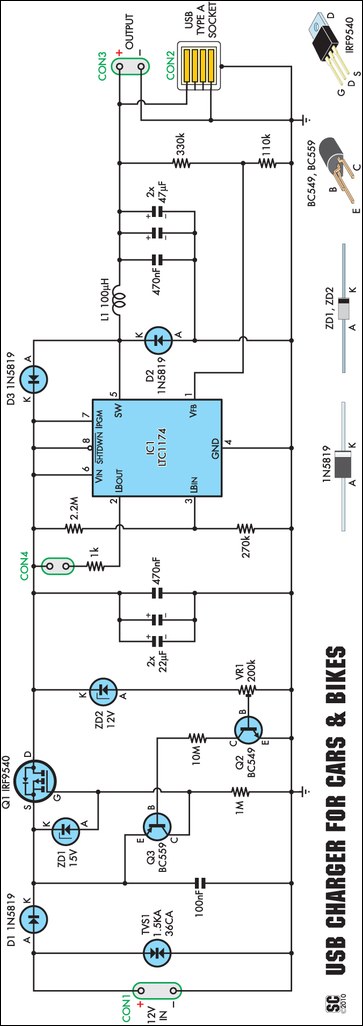
A regular charger was tested and found to consume 13mA with no load. It features an integrated power LED, which significantly contributes to standby current consumption. However, since the cigarette lighter socket is powered only when the engine is running, there is little incentive for designers of these car supplies to minimize quiescent current. Cigarette lighter plugs are often unreliable DC connectors, as they do not fit securely and can easily disconnect. This project allows for the use of various connector types, typically involving input wires terminated with spade or eyelet lugs. Although this seems like a niche application, a low-quiescent current 12V DC to 5V DC converter has many potential uses. For instance, remote monitoring stations often operate on a 12V SLA battery charged by a solar panel. These stations typically include a microcontroller and additional circuitry that requires a 3.3V to 5V supply. The current consumption in these devices is usually low, but occasionally the microcontroller activates a radio module or other components that draw more current. This charger can provide up to 500mA while maintaining low power consumption during light loads. Furthermore, with an efficiency of up to 89%, minimal battery power is wasted even under higher loads. Quiescent (or standby) current, a term frequently seen in IC data sheets, refers to the idle current. In the context of regulators, it often denotes the current consumed by the device itself rather than what it supplies. In most fixed regulators, this is equivalent to the ground pin current. Typically, there are two current flows in a regulator: from the input to the output and from the input to ground. The ground pin current represents the power consumed by the regulator itself.
A 12V DC to 5V DC converter is essential in applications where low quiescent current and high efficiency are required. The converter is designed to minimize power consumption during idle periods, making it suitable for battery-operated devices. The integration of a power LED in the charger design, while useful for indicating operation, can increase standby current. Therefore, the design must balance functionality with efficiency.
The converter can be implemented using a switching regulator topology, which is advantageous due to its high efficiency compared to linear regulators. The switching regulator operates by rapidly turning the power transistor on and off, controlling the output voltage through duty cycle modulation. This method significantly reduces heat generation and energy loss, achieving efficiencies of up to 89%.
The input stage of the converter would typically include input protection circuitry, such as a fuse or a resettable polyfuse, to safeguard against overcurrent conditions. Additionally, input capacitors are employed to filter any voltage spikes and provide stable input voltage to the regulator.
The output stage consists of a low-dropout (LDO) regulator or a buck converter that steps down the voltage from 12V to the desired 5V. Output capacitors are necessary to smooth the output voltage and reduce ripple, ensuring stable operation for sensitive electronics like microcontrollers.
For applications requiring a higher current draw, such as activating radio modules, the converter's ability to deliver up to 500mA is critical. The design must include adequate thermal management to handle the increased power dissipation that occurs at higher loads.
In conclusion, this 12V DC to 5V DC converter is a versatile solution for various applications, particularly in remote monitoring systems where battery efficiency and reliability are paramount. Its design must consider quiescent current, connector reliability, and the ability to handle variable loads without compromising performance.We tested a regular charger and found that it consumed 13mA with no load. Like many others, it has an integrated power LED and that would contribute significantly to the standby current consumption. However, since the cigarette lighter socket is only powered when the engine is running, there is no real reason for the designers of these car supplie
s to keep the quiescent current low. Cigarette lighter plugs are also pretty lousy DC connectors. They often don`t fit well and can easily fall out. With this project, you can use whatever type of connector is most convenient. In many cases, this will mean input wires terminated in spade or eyelet lugs. While this may seem like a very specific application, there are many other uses for a low-quiescent current 12V DC to 5V DC converter. For example, remote monitoring stations often run from a 12V SLA battery topped up by a solar panel. These stations invariably contain a microcontroller and other circuitry which needs a 3. 3V-5V supply. The current consumption in these devices will be low most of the time but occasionally the microcontroller will wake up and activate a radio module or other circuitry which can draw more current.
This charger can deliver that current up to 500mA while still being miserly with battery power when the load is light. In addition, because its efficiency is high (up to 89%), hardly any battery power is wasted even when the load is drawing 500mA.
So what exactly is quiescent (or standby) current This term often comes up in IC data sheets. Its simple meaning is idle current , although when talking about regulators, it sometimes refers to the current consumed by the device itself, rather than by what it is supplying. In most fixed regulators, this is the same as the ground pin current . There are typically two current flows in a regulator from the input to the output and from the input to ground.
The ground pin current is the power consumed by the regulator itself. 🔗 External reference
A 12V DC to 5V DC converter is essential in applications where low quiescent current and high efficiency are required. The converter is designed to minimize power consumption during idle periods, making it suitable for battery-operated devices. The integration of a power LED in the charger design, while useful for indicating operation, can increase standby current. Therefore, the design must balance functionality with efficiency.
The converter can be implemented using a switching regulator topology, which is advantageous due to its high efficiency compared to linear regulators. The switching regulator operates by rapidly turning the power transistor on and off, controlling the output voltage through duty cycle modulation. This method significantly reduces heat generation and energy loss, achieving efficiencies of up to 89%.
The input stage of the converter would typically include input protection circuitry, such as a fuse or a resettable polyfuse, to safeguard against overcurrent conditions. Additionally, input capacitors are employed to filter any voltage spikes and provide stable input voltage to the regulator.
The output stage consists of a low-dropout (LDO) regulator or a buck converter that steps down the voltage from 12V to the desired 5V. Output capacitors are necessary to smooth the output voltage and reduce ripple, ensuring stable operation for sensitive electronics like microcontrollers.
For applications requiring a higher current draw, such as activating radio modules, the converter's ability to deliver up to 500mA is critical. The design must include adequate thermal management to handle the increased power dissipation that occurs at higher loads.
In conclusion, this 12V DC to 5V DC converter is a versatile solution for various applications, particularly in remote monitoring systems where battery efficiency and reliability are paramount. Its design must consider quiescent current, connector reliability, and the ability to handle variable loads without compromising performance.We tested a regular charger and found that it consumed 13mA with no load. Like many others, it has an integrated power LED and that would contribute significantly to the standby current consumption. However, since the cigarette lighter socket is only powered when the engine is running, there is no real reason for the designers of these car supplie
s to keep the quiescent current low. Cigarette lighter plugs are also pretty lousy DC connectors. They often don`t fit well and can easily fall out. With this project, you can use whatever type of connector is most convenient. In many cases, this will mean input wires terminated in spade or eyelet lugs. While this may seem like a very specific application, there are many other uses for a low-quiescent current 12V DC to 5V DC converter. For example, remote monitoring stations often run from a 12V SLA battery topped up by a solar panel. These stations invariably contain a microcontroller and other circuitry which needs a 3. 3V-5V supply. The current consumption in these devices will be low most of the time but occasionally the microcontroller will wake up and activate a radio module or other circuitry which can draw more current.
This charger can deliver that current up to 500mA while still being miserly with battery power when the load is light. In addition, because its efficiency is high (up to 89%), hardly any battery power is wasted even when the load is drawing 500mA.
So what exactly is quiescent (or standby) current This term often comes up in IC data sheets. Its simple meaning is idle current , although when talking about regulators, it sometimes refers to the current consumed by the device itself, rather than by what it is supplying. In most fixed regulators, this is the same as the ground pin current . There are typically two current flows in a regulator from the input to the output and from the input to ground.
The ground pin current is the power consumed by the regulator itself. 🔗 External reference
